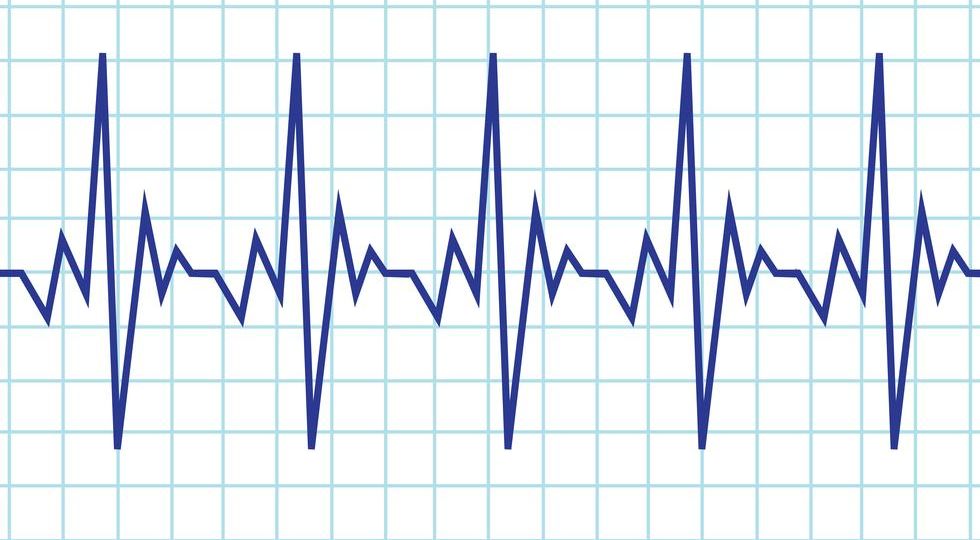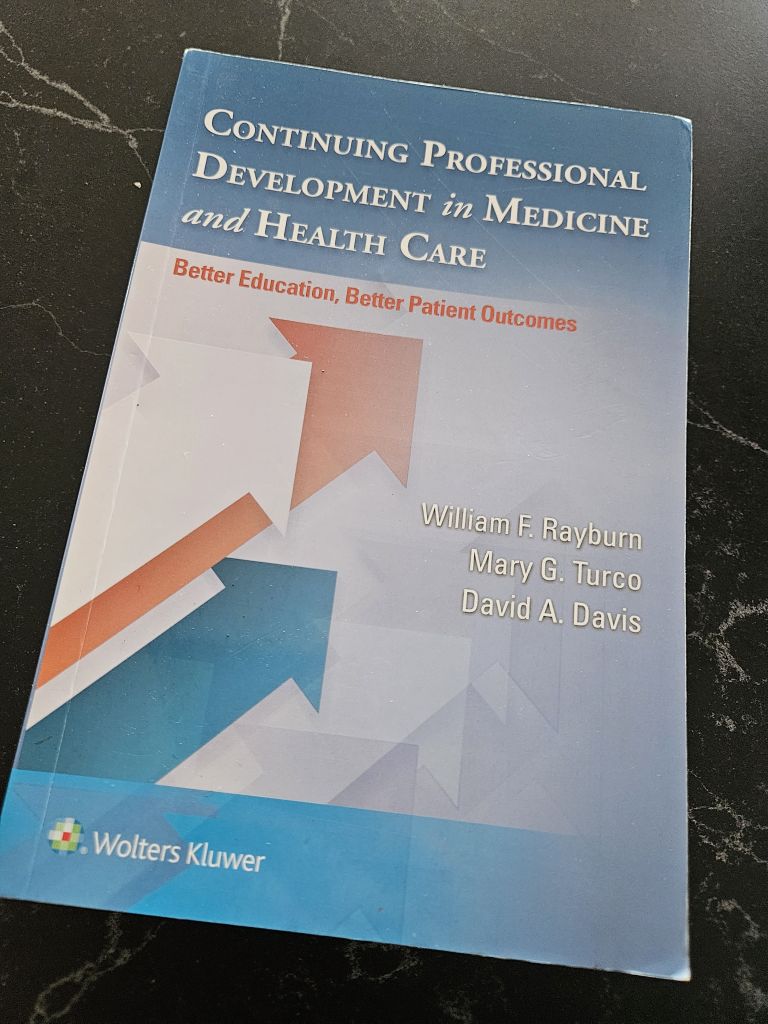
A cardiologist would look at the signature and say “this guy’s in trouble.” Ventricular tachycardia, flutter, V-fib kind of trouble.
There is danger all right, but not to the heart of the signer. Written by a sharpie, the signature belongs to the current occupant of the White House, and the danger is to the world’s economy, especially in this moment and from my perspective, Canada’s. Its application to an executive order subjecting the US’s neighbor and closest trading partner to possible 25% tariffs is a Draconian measure by almost any yardstick, full of manipulation and malice.
Why would the sharpie-wielder do this? It’s hard to know. Canada does need to pay attention to fentanyl and illegal immigration but the wielding of crippling sanctions is hardly the way to achieve collaboration. With a psychologically-sensitive lens, I believe this man wields his sharpie as a sword held over the Other, with the sole purpose of demonstrating either deference or humiliation. Or, maybe it’s this—the occupant is clearly unable to grasp complexity, like someone playing checkers in a game of three-dimensional chess. To the two-dimensional thinker, levying tariffs is an easy and powerful step. You and I know the world is multi-dimensional.
Even temporarily suspended, this particular executive order carries significant weight: tearing up an already existing free trade agreement (different sharpie, same man); wreaking economic hardship on scores of Canadian and Americans; precipitating a sharp rise in prices of common and luxury goods and products. Nearly a century ago, a 20% tariff levied on imported agricultural product caused widespread hardship among American farmers, was opposed by hundreds of economists, and contributed to the Great Depression. Mostly, with the stroke of a pen (well, that sharpie), the signature transforms, against history, common sense and shared goals, an ally into a frenemy. It’s this: beyond anything else, a possibly fractured friendship between our nations that worries me the most.
It’s more than hearing the American national anthem booed at a hockey game. More than a disrupted supply chain and lines of delivery trucks stalled at the border. More even than people out of work. The risk here is the spread of chaos, uncertainty and animosity, the great (perhaps only) skill of the occupant.
There are thousands of collaborations and shared projects that depend on that friendship. You don’t see them driving across the border, but every day, hundreds of thousands of collaborations, ideas, or bytes of research data flow between Canada and the US. I’ll give you an example from my former field, the continuing education of health professionals. A decade ago, that collaboration produced a landmark publication in the field, Continuing Professional Development in Medicine & Health Care, edited by my colleagues, Dr Bill Rayburn and Dr Mary Turco, one American and one Canadian. The chapters are authored by 30 writers, a mix of Canadian and American scholars, as rich and diverse as any on the planet. This book, and hundreds of other projects, collaborations, research studies and results in healthcare run on an invaluable fuel—good will. In a future full of distrust and even animosity, who knows how long that fuel will last?
It may not all portend a bad outcome however. There are lessons here on both sides of the border: the American drive towards competition, entrepreneurship and excellence can help inform the Canadian healthcare enterprise; the Canadians’ universal healthcare, public health and clearly better results in longevity and other healthcare outcomes can drive us to consider the patient rather than the bottom line. Both sides can learn from the world’s admiration for Canada’s national personality – affable, intelligent and collaborative. To some extent we’re all, or should be, Ryan Reynolds.
Who we are not, however, is the current occupant of the White House, whose signature one day will be a flat line, and whose effect on the globe will be erased in time by better actors. Until then, let’s hope we absorb the good and discard the bad, especially that of a period created by a sharpie and looking all the world like an unhealthy cardiogram.



